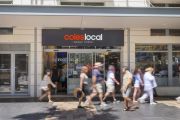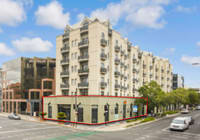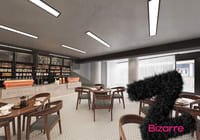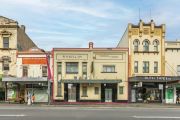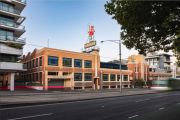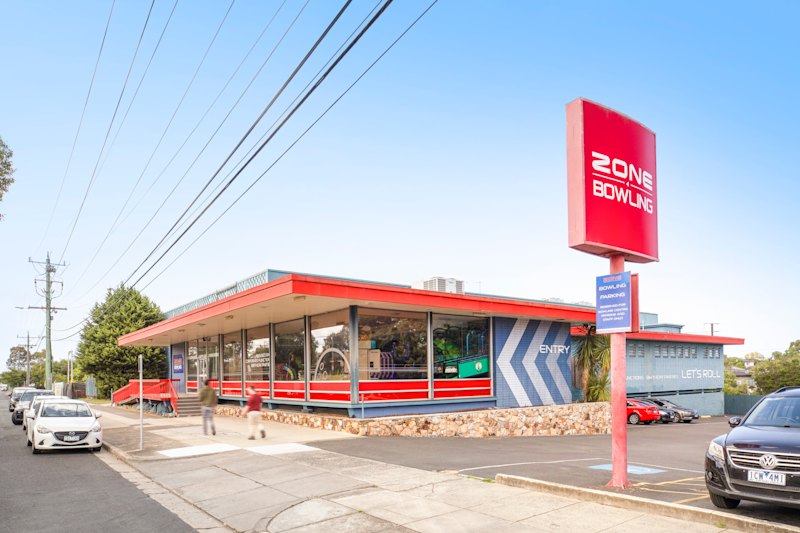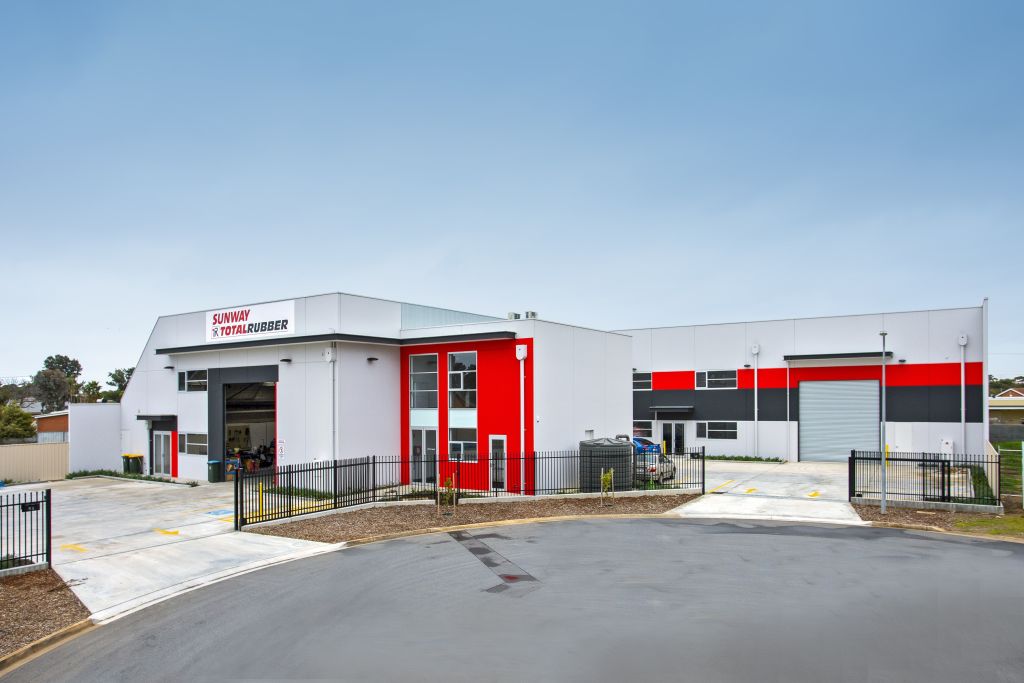
Industrial markets in Perth and Adelaide rising on the back of increasing capital expenditure
Perth and Adelaide’s industrial markets have experienced strong demand throughout 2019, due in part to increased capital expenditure in the mining sector and the federal government investing in the defence industry.
In Perth JLL Research found leasing activity within the industrial market significantly increased during the third quarter, with gross take-up totalling 84,938 square metres, which has raised the overall take-up figure for the year to date to 136,710 square metres – above the total level recorded in 2018 ( 95,754 square metres).
The take-up during the third quarter was the strongest quarterly figure recorded since the second quarter of 2015.
Sass J-Baleh, JLL research director, said the WA economy was showing signs of recovery, with the mining sector expected to pick up during the remainder of 2019.
“This will support further recovery in regional population growth and, also with increased infrastructure spending, should assist the WA economy to recover over the short to medium term,” she said.
“Increased capital expenditure in the mining sector is linked to an increase in expenditure within the manufacturing sector. Western Australia’s manufacturing industry and hence the industrial market is expected to benefit from the flow-on effect from future resource projects.”
Colliers International industrial director Greg O’Meara said Perth’s industrial market was generally improving, albeit cautiously, after an extended period in the doldrums.
“We are increasingly aware of new mining related contracts being awarded and mining towns in the north-west are buzzing again. This should impact positively on Perth’s industrial market, and we are starting to see an increase in inquiry levels and some speculative developments underway, which reflects a return of broader confidence,” he said.
Buoyant global commodity demand was driving increased exploration investment in Western Australia, which was starting to flow through to a more confident landlord and investor outlook for Perth’s industrial sector, said Quyen Quach, Colliers International research and urban economics associate director.
“The improved outlook has led to increased demand for land in core precincts, which supported a 7.36 per cent increase in vacant land values during 2019,” he said.
In Adelaide occupier demand within the industrial sector was at its strongest level in 2018 since JLL Research began tracking the market in 1997.
About 295,100 square metres of gross take-up was recorded last year, which was well above the 10-year annual average of 131,800 square metres.
Food retailing, manufacturing and transport, as well as defence sectors, were the key drivers of positive growth take-up last year and have remained strong in 2019.
Ms J-Baleh said the improved business confidence had been assisted by the assurance of defence sector operations near and within the Osborne shipbuilding precinct, a solid domestic grocery retail environment and the continued record growth of wine exports.
Savills Australia research and consultancy head Phil Montgomerie said South Australia was benefiting from the federal government investing in the defence industry, which has provided a much needed boost to the local economy.
“In turn, the Adelaide market is tightening, driven by value buyers influenced from the eastern states valuation uplift/cap-rate yield compression. While there have not been a large number of transactions, there is demand for large assets from institutions and Australian real estate investment trusts [AREITs],” he said.
“The difficulty is that Adelaide is a private market and liquidity is low, especially given the lack of alternative investments available to switch into for private investors. The fall in interest rates and cap-rate compression in the eastern states is exacerbating the illiquidity.”
Throughout this year, while rents and value deterioration have largely impacted the smaller end of Perth’s industrial market, capital values of larger investment stock, particularly institutional-grade assets, have been supported by yield compression, according to Colliers International.
“Perth’s average prime yields for industrial property, which move inversely to prices when all else is constant, have been falling for the past year,” Mr Quach said.
“The vacancy, especially for larger industrial properties, has been gradually improving alongside stabilising economic conditions.
“In general, Perth’s industrial market yields are between 6.25 and 7.75 per cent for prime-grade assets but lower yields have recently been achieved.”
In Adelaide, Colliers International industrial director Paul Tierney said yields were still attractive in comparison with the east coast by 1 to 2 per cent on average, which was seeing investors chasing yield on investments up to $5 million with demand coming from “mum-and-dad” investors and local and national syndicators.
“This was shown in a recent transaction at Dudley Park, where we achieved a sale reflecting a yield of 5.6 per cent,” he said.
“Sales above $5 million are attracting strong interest from high-net-worth investors both locally and nationally, with small signs of offshore money looking to purchase industrial assets in South Australia. These investors are again chasing yield.”
Mr Tierney said industrial investment in South Australia was being hotly contested with limited opportunities and strong demand from a wide range of investors driving pressure on continued yield compression.
